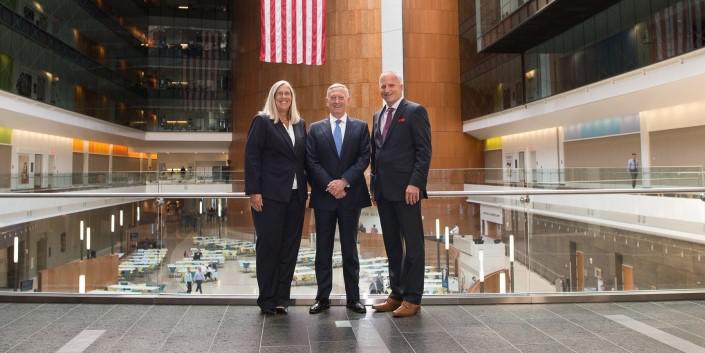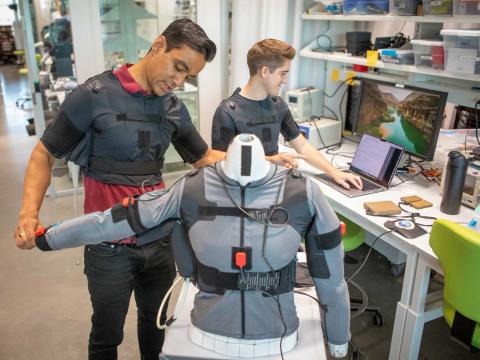National Geospatial-Intelligence Agency Sets Technology Priorities
To harness the technological revolution in the face of rising adversarial competition, the National Geospatial-Intelligence Agency issued its first report in 2019 publicly outlining areas of focus for capability adoption. This year, the agency, known as the NGA, issued a strategy as well as identifying focus areas. The NGA is looking for technologies from the commercial sector to support joint warfighters in an era of great power competition in advanced analytics and modeling; data management; modern software engineering; artificial intelligence; and future of work. The agency also emphasized not only improving the U.S.’s competitive stance “in all realms,” but also supporting allied advancements.
“Several near-peer adversaries are investing significantly in new technologies to close the gap with U.S. and allied capabilities,” stated NGA Chief Technology Officer (CTO) Mark Munsell in the report. “To stay ahead of these adversaries, we must bring together our world-class experts at NGA, industry partners with exquisite domain expertise and technical capabilities, and companies who have never worked with government before but whose products could help advance NGA’s mission.”
Regarding advanced analytics and modeling, NGA would like to invest in emerging analytical and visualization capabilities, including those that involve augmented and virtual reality systems and 3D gaming technologies to synthesize unstructured and structured data. The agency is seeking, among other solutions, tools to improve how it models the Earth. In addition, the agency wants solutions that help drive model-driven assessments of activities of interest, the related intelligence indicators and any interrelationships across multiple domains for analysts to develop deterministic or probabilistic estimates of events.
To improve the NGA’s data management infrastructure, the agency is looking for capabilities that support data integration, location-based insights, automated object validation, terrain elevation data alignment, customer experience metrics, machine-learning training data, and data integrity and assurance, among other areas.
Concerning additional modern software engineering tools, the NGA is looking for solutions that support an infrastructure-as-code approach across on-premise, tactical edge or cloud environments. For example, the agency wants tools to automate the many phases of software development and use, including automation of the authority to operate process, application monitoring, testing and deployment, and development security operations.
The agency encouraged businesses, large or small, to take steps to collaborate with the NGA and bring forth needed technologies by registering for the federal System for Award Management; signing up on the Acquisition Resource Center intelligence community website; and considering both Federal Acquisition Regulation (FAR) and non-FAR-based agreement opportunities. The agency uses other transactional authority (OTAs), cooperative research agreements, grants and small business contract vehicles and hosts prize challenges to spur innovation. In addition, the NGA’s Innovative GEOINT Application Provider Program is a way for innovative application developers to work directly with the agency.
“The nature of GEOINT has shifted,” Munsell noted. “Years ago, our advantage rested on the fact that our technology enabled us to observe better than other nations in the world. Today, with commercial GEOINT available worldwide, we face a much more level playing field. And the pandemic of 2020 has also forced us to move more of our efforts to the unclassified realm. In all realms, collaboration and innovation are key to meeting the challenges that lie ahead. The changes we must make cannot only occur within the confines of NGA—they require the innovative spirit of industry to find new and unique solutions to some of our most intractable challenges,” Munsell said.
You may also be interested in:
Pandemic Illustrates New Path to Conflict
DISA Develops Closer Ties with Intelligence Agencies





Comments